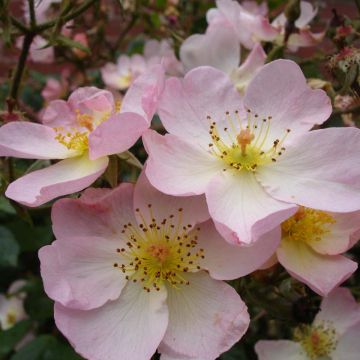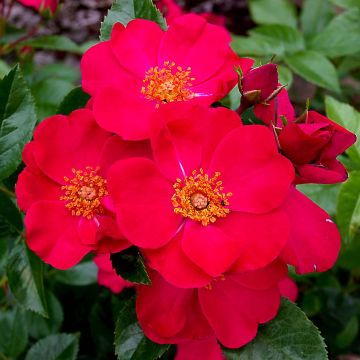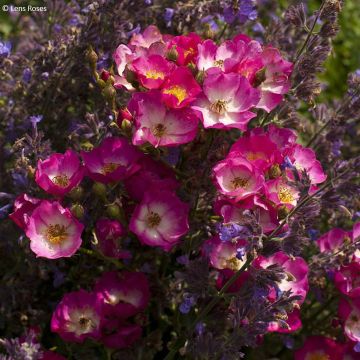Rosehip - Wild Rose
Does this plant fit my garden? Set up your Plantfit profile →
Available in 2 sizes
Available in 3 sizes
Available in 2 sizes

Available in 2 sizes
Available in 2 sizes
Available in 2 sizes
Available in 2 sizes
Available in 2 sizes
Available in 2 sizes
Available in 3 sizes
Available in 3 sizes
Available in 2 sizes

Available in 2 sizes
Available in 2 sizes
Available in 2 sizes
Available in 2 sizes
Available in 3 sizes
Available in 2 sizes
Available in 2 sizes
Available in 2 sizes
Available in 2 sizes
Available in 3 sizes
Available in 2 sizes
Available in 2 sizes
Available in 2 sizes
Available in 2 sizes
Available in 2 sizes

Available in 2 sizes
Available in 3 sizes
Available in 3 sizes
Available in 2 sizes

Available in 2 sizes
Available in 2 sizes

Available in 2 sizes
Available in 2 sizes
Available in 2 sizes
Available in 2 sizes

Available in 2 sizes
Available in 2 sizes

Available in 2 sizes
Available in 2 sizes
Available in 2 sizes
Available in 1 sizes

Available in 2 sizes
Available in 2 sizes
Available in 2 sizes
Available in 2 sizes
Available in 3 sizes

Available in 2 sizes
The dog rose bushes are recognizable by their single corollas with a visible cluster of stamens. The charming flowers of the wild dog rose Rosa canina, long neglected in favour of opulent hybrid varieties, once again inspire rose breeders, as evidenced by the modern cluster-flowered rose 'Eglantine Guillot'. Carried on spreading branches adorned with small compound leaves, the dog roses bring the charm and simplicity of wild plants to informal and countryside-inspired flower beds. Like Rosa complicata, which is easy to grow, these roses, close to botanical species, often demonstrate a great adaptability. They tolerate partial shade and drying soils and are naturally more disease-resistant. Just like 'Red Ballerina' or Rosa chinensis 'Mutabilis', they can sometimes be as floriferous as modern hybrids. However, the majority of dog rose bushes bloom for a shorter period and are often less fragrant. Nevertheless, they have a clear advantage over their opulent cousins, as they require little to no maintenance, produce abundant fruits, are not hindered by competition from other bushes, and are content with ordinary soil, not necessarily rich or even necessarily moist. For all these reasons, dog rose bushes deserve to be planted more often in our gardens: when space is limited, they can find their place in an informal or defensive hedge.
Haven't found what you were looking for?




































































































